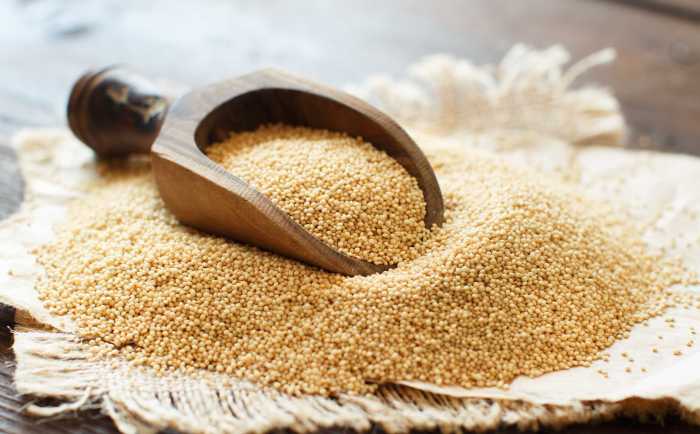Amaranth degree study questions and answers provide a comprehensive guide to this ancient grain, offering insights into its nutritional value, cultivation practices, and diverse applications. This guide empowers students, researchers, and practitioners with the knowledge and resources they need to navigate the complexities of amaranth research and utilization.
1. Introduction

Amaranth, a highly nutritious and versatile plant, has been a staple food in various cultures for centuries. This study guide aims to provide a comprehensive overview of amaranth, covering its botanical characteristics, nutritional value, processing, applications, and cultural significance. It is intended for students, researchers, and individuals interested in understanding the potential of amaranth as a sustainable and nutritious food source.
2. Amaranth Plant Biology: Amaranth Degree Study Questions And Answers

Botanical Characteristics
Amaranth belongs to the Amaranthaceae family and is characterized by its erect stems, ovate or lanceolate leaves, and distinctive flower heads. It is a dicotyledonous plant with taproots and a fibrous root system. The flowers are small, greenish, and arranged in dense panicles or spikes.
Growth Cycle and Environmental Requirements
Amaranth has a relatively short growing season, typically lasting 90-120 days. It prefers warm temperatures, well-drained soils, and ample sunlight. The optimal growing temperature range is 20-30°C (68-86°F), and it can tolerate drought conditions but performs best with regular watering.
Cultivation Practices
Amaranth is cultivated using traditional and modern agricultural techniques. It is often grown in rotation with other crops, such as corn, beans, and squash, to improve soil fertility and pest management. Amaranth can be sown directly into the field or transplanted from seedlings.
Proper spacing and weed control are essential for optimal growth and yield.
3. Amaranth Nutritional Value

Nutritional Composition
Amaranth seeds are a rich source of essential nutrients, including protein, dietary fiber, vitamins, and minerals. They are particularly high in protein, containing up to 16% of their weight, and are a complete protein source, providing all nine essential amino acids.
Amaranth leaves are also highly nutritious, containing significant amounts of vitamins A, C, and K, as well as calcium and iron.
Comparison to Other Grains and Vegetables
Compared to other grains, amaranth has a higher protein content than wheat, corn, and rice. It also contains more dietary fiber than most grains. In terms of nutritional value, amaranth leaves are comparable to spinach and kale, providing a rich source of vitamins and minerals.
Health Benefits, Amaranth degree study questions and answers
Consuming amaranth has been linked to several health benefits, including improved cardiovascular health, reduced inflammation, and enhanced blood sugar control. The high protein content of amaranth promotes satiety and helps maintain muscle mass. The dietary fiber in amaranth supports digestive health and may reduce the risk of certain chronic diseases.
FAQ Resource
What is the nutritional value of amaranth?
Amaranth is a nutrient-rich grain that provides a complete protein profile, containing all nine essential amino acids. It is also a good source of dietary fiber, iron, calcium, magnesium, and phosphorus.
How is amaranth cultivated?
Amaranth is a warm-season crop that can be grown in a variety of climates. It prefers well-drained soils with a pH between 6.0 and 7.0. Amaranth is typically sown in the spring and harvested in the fall.
What are the traditional and modern uses of amaranth?
Traditional uses of amaranth include its consumption as a grain, flour, and oil. Modern uses of amaranth include its incorporation into gluten-free products, breakfast cereals, and nutritional supplements.
